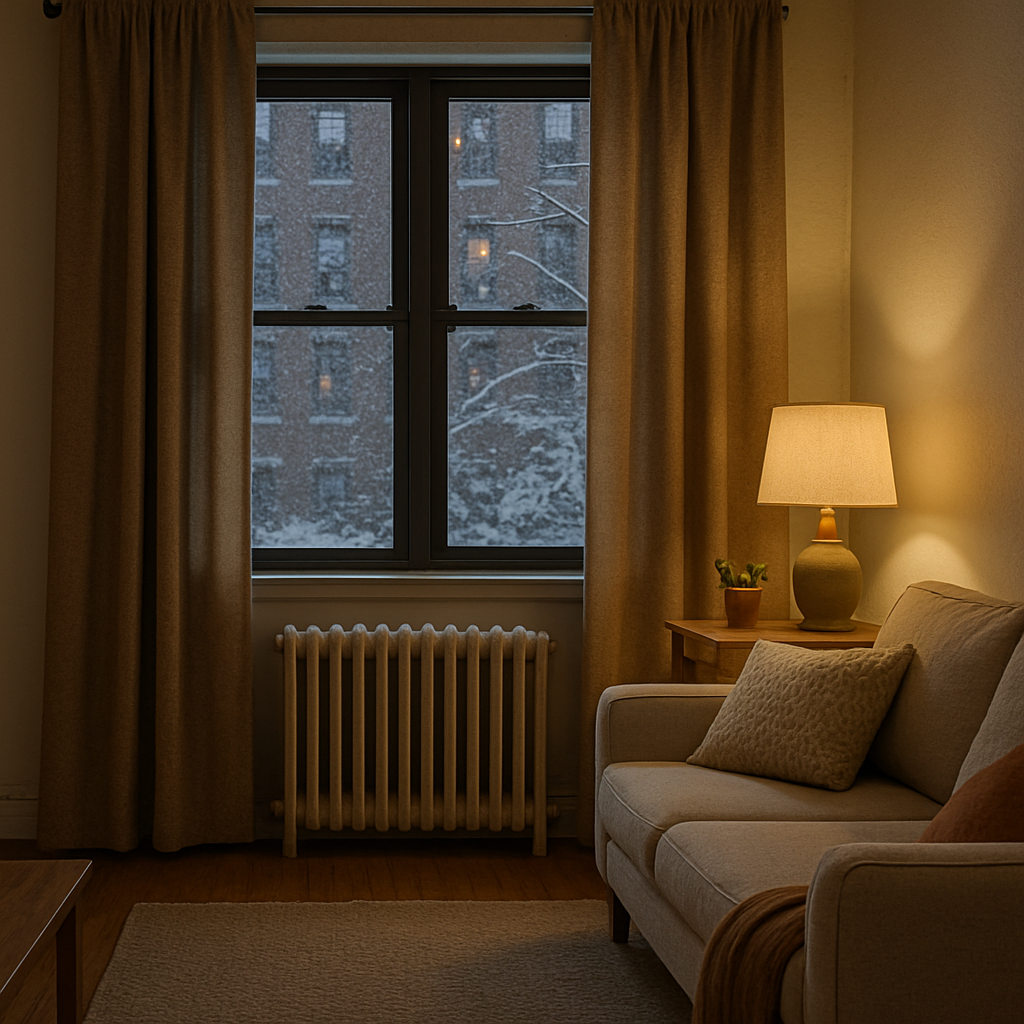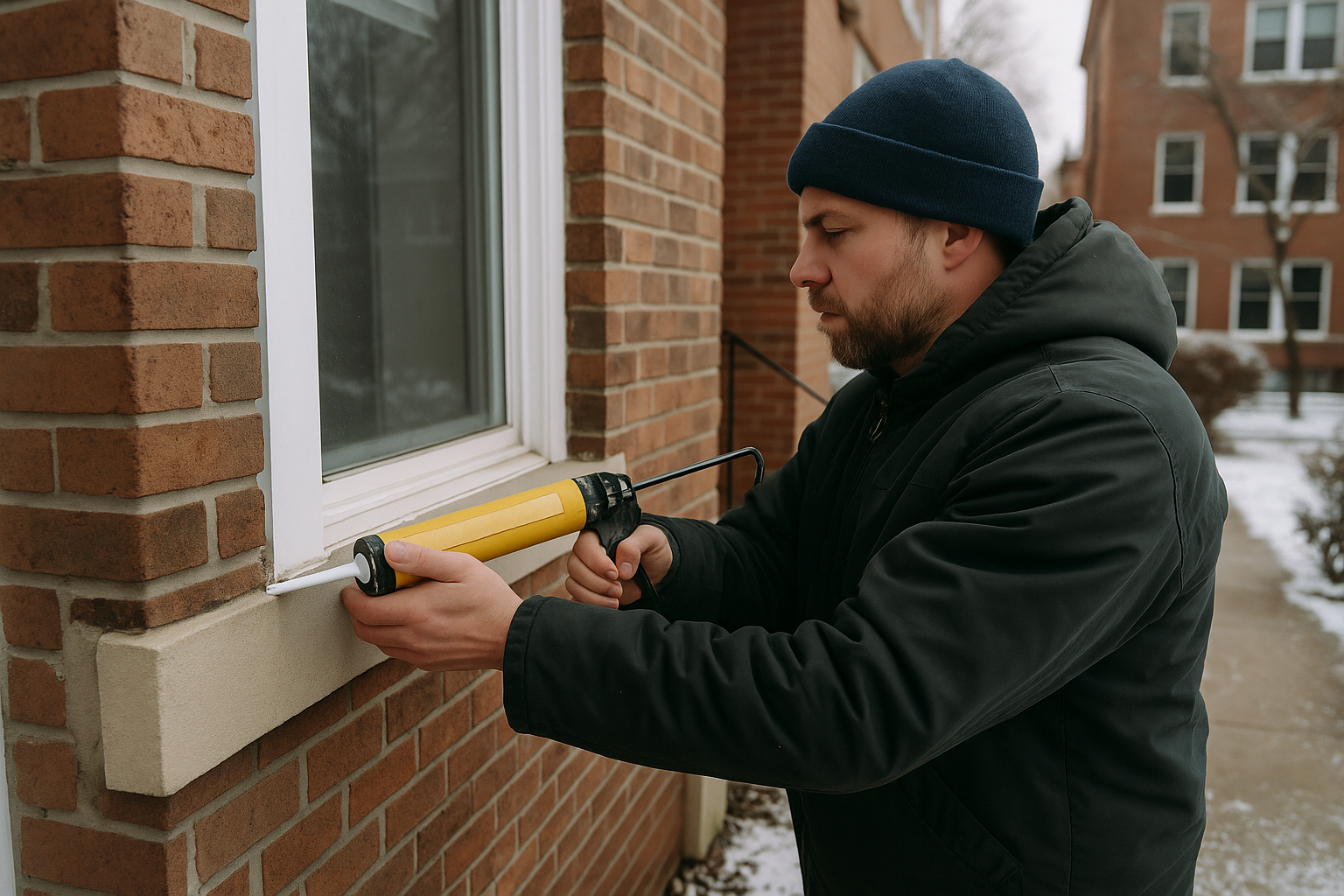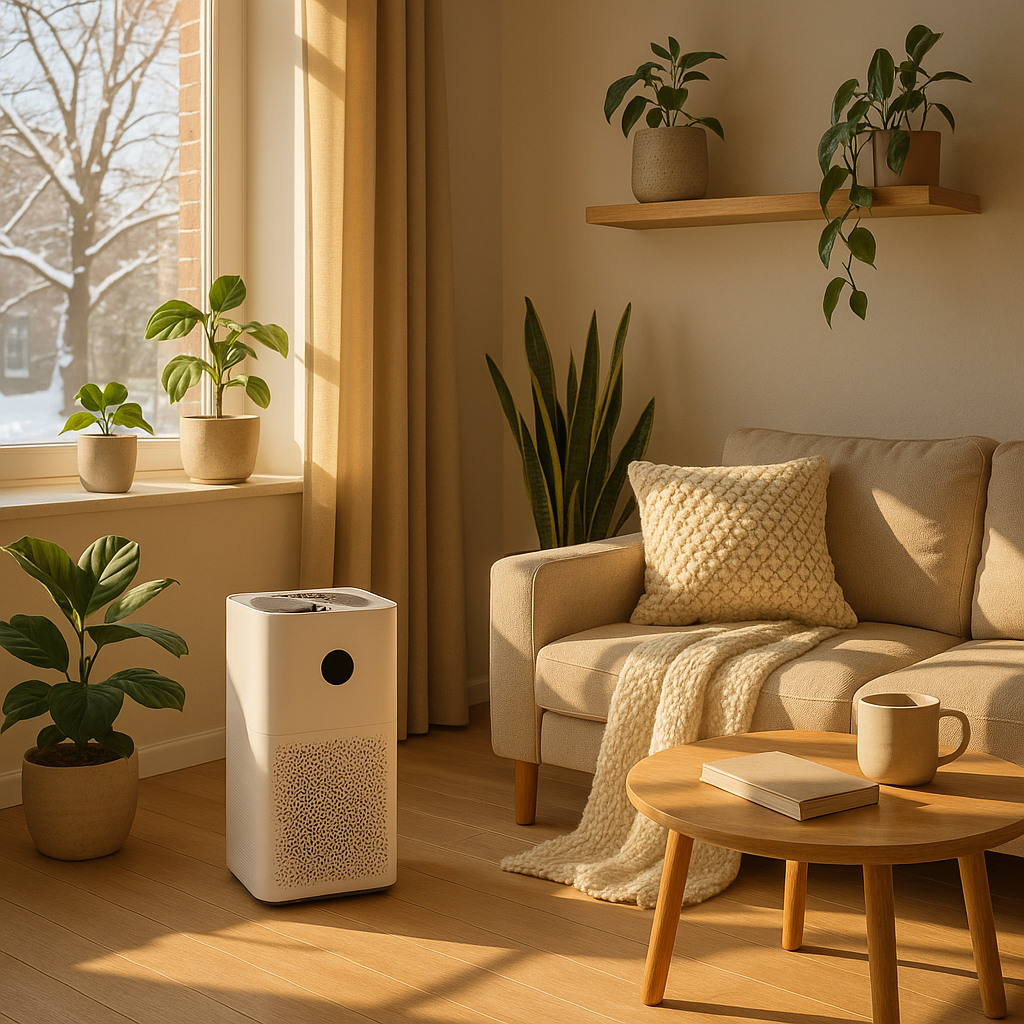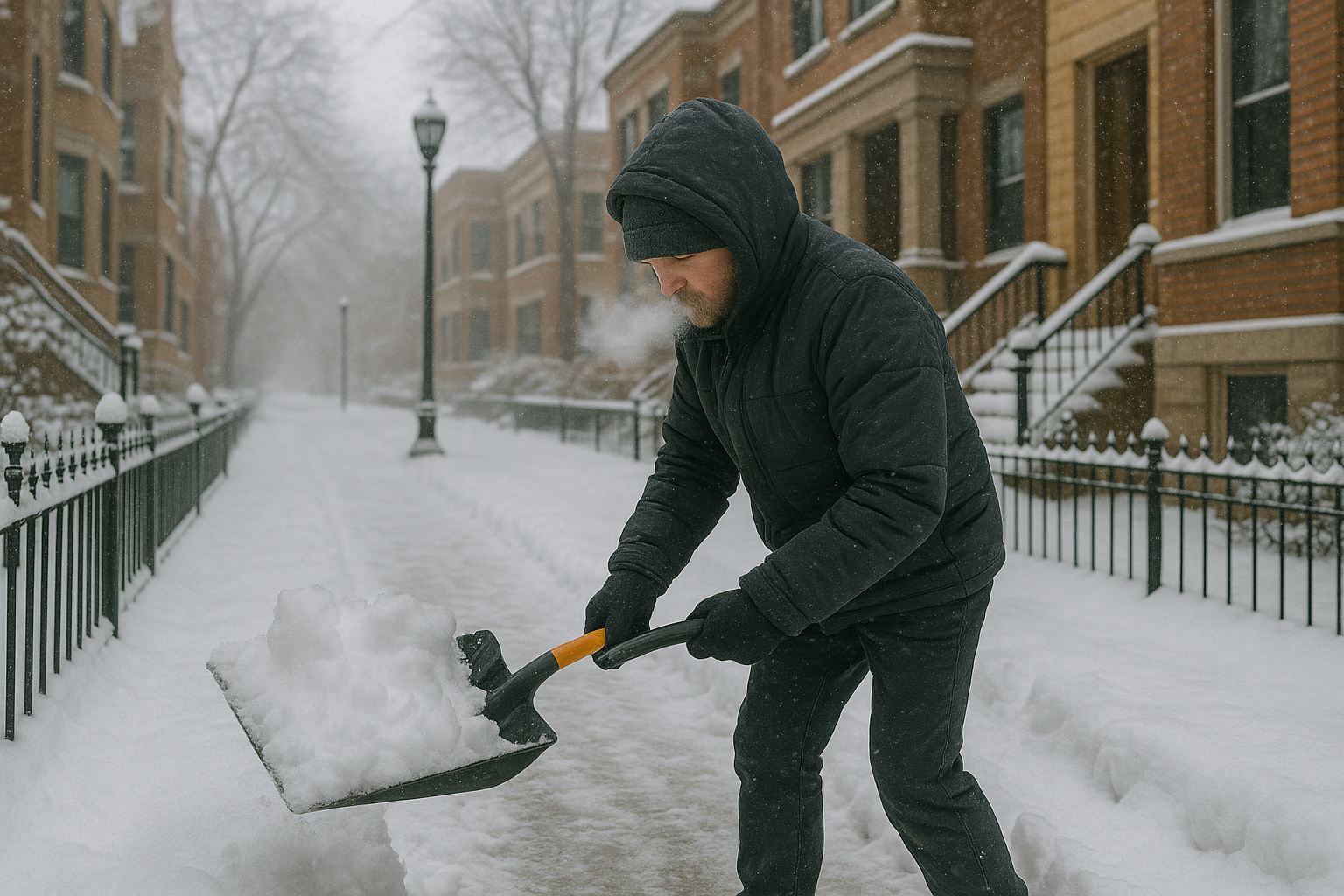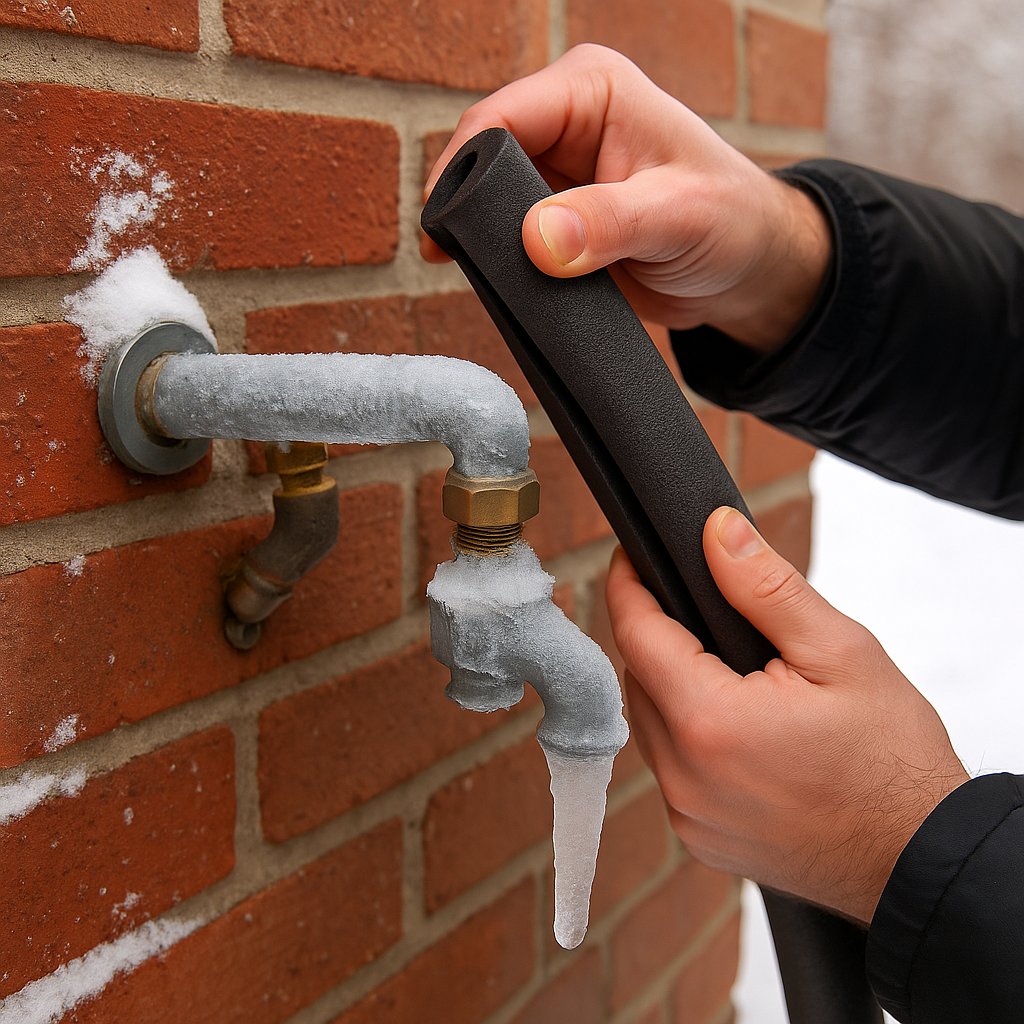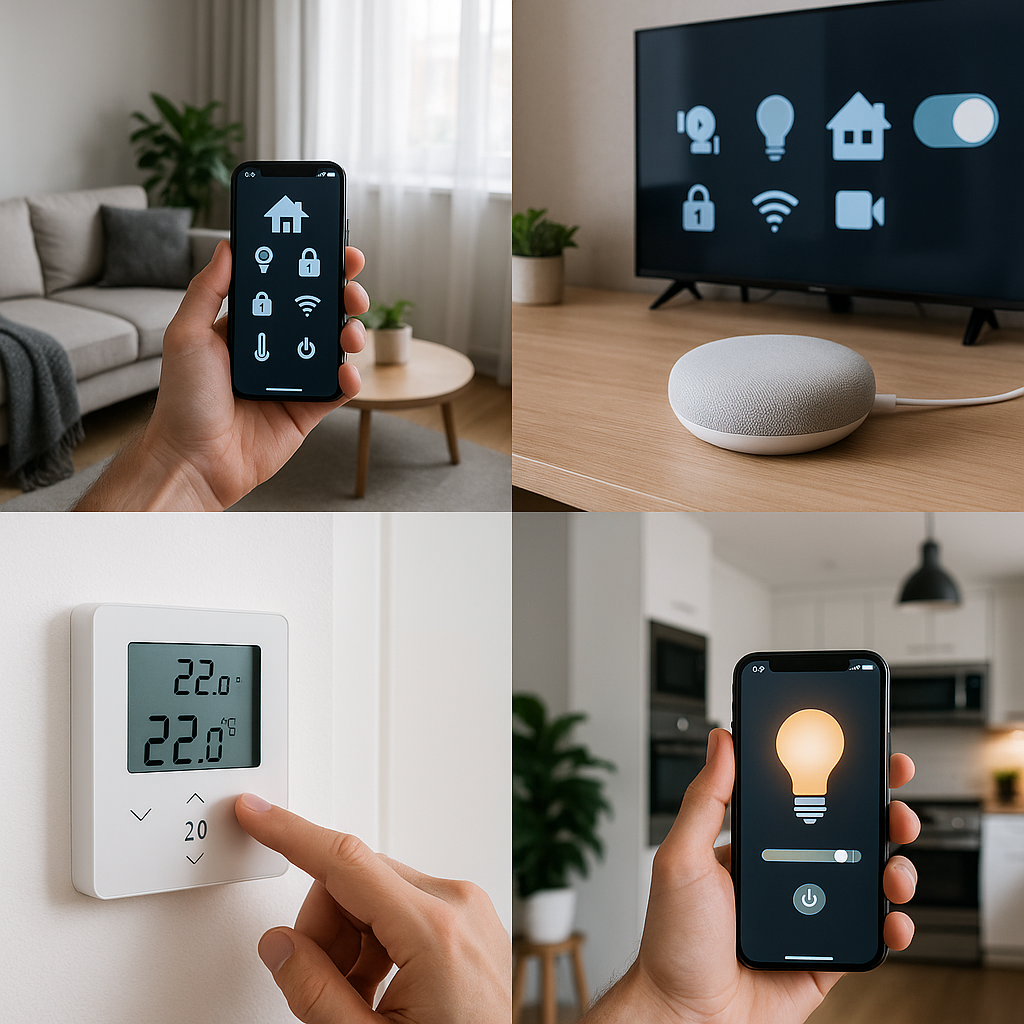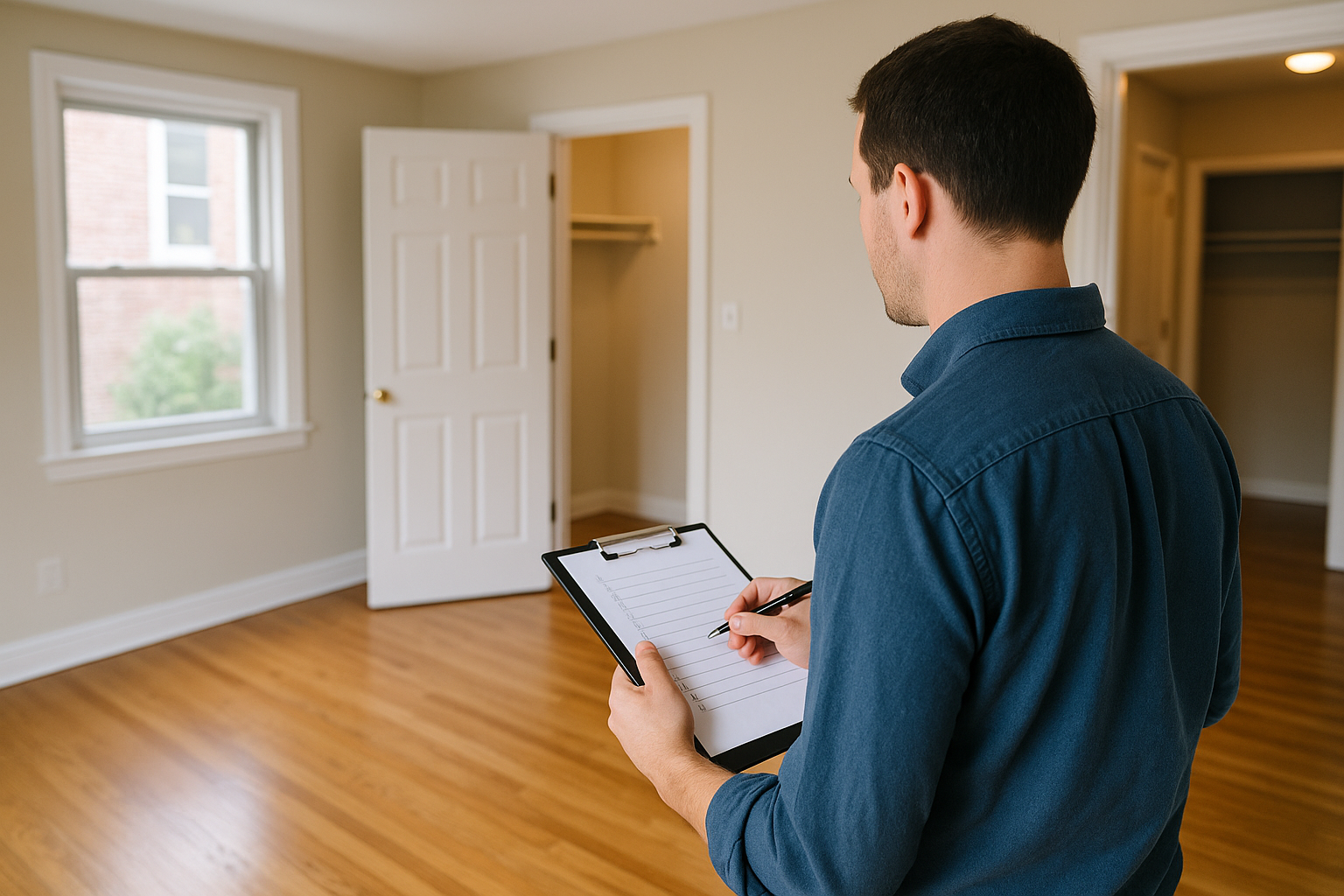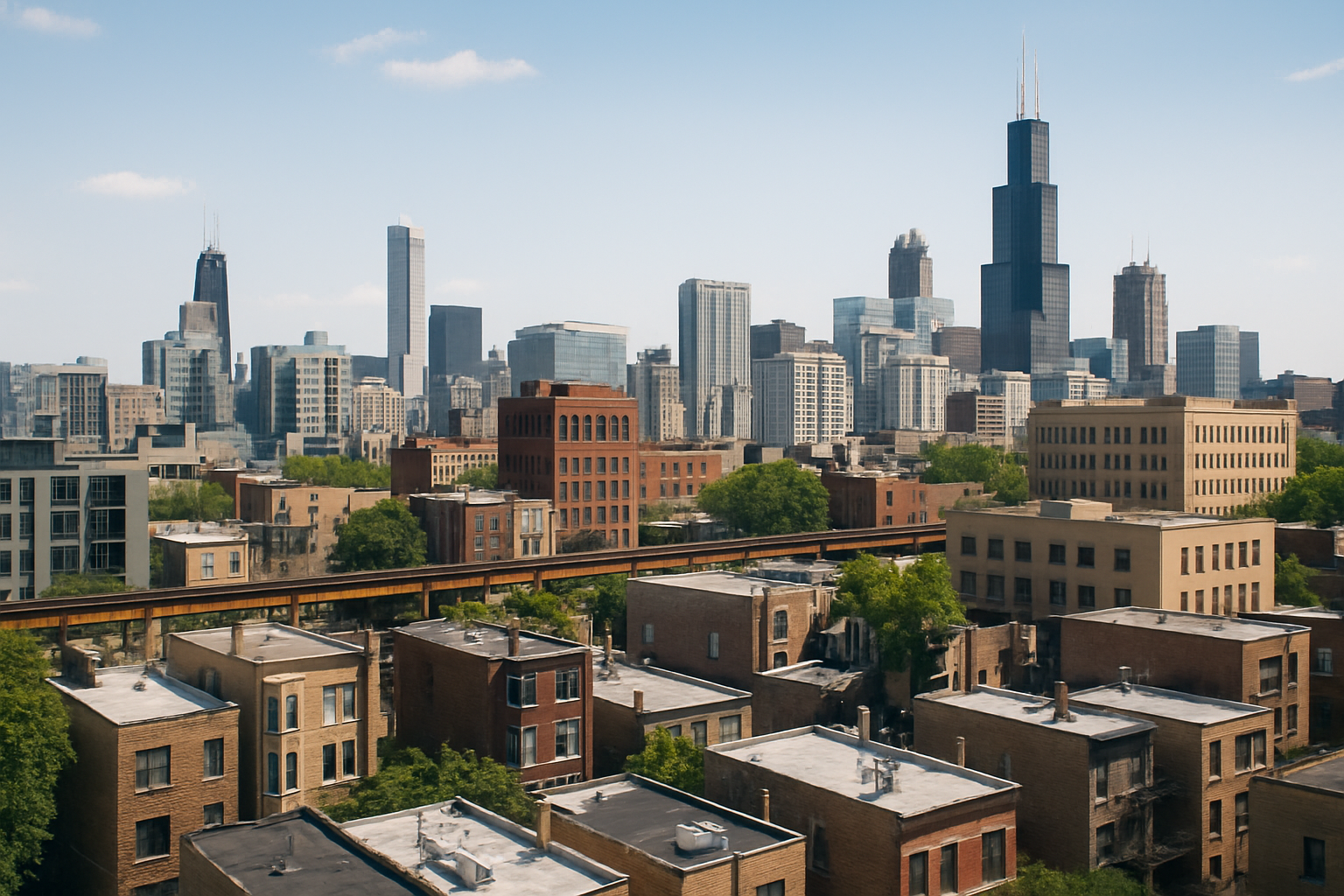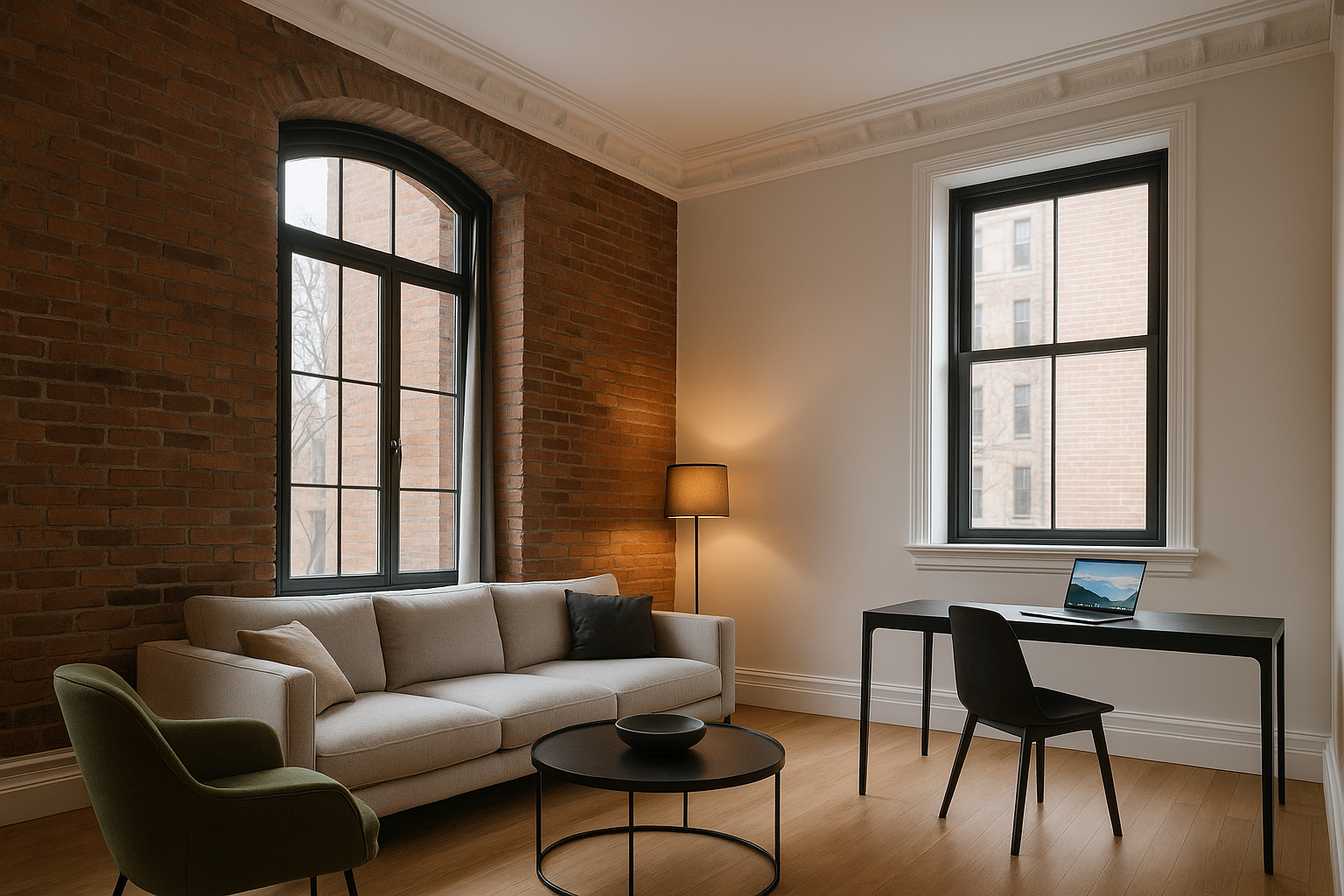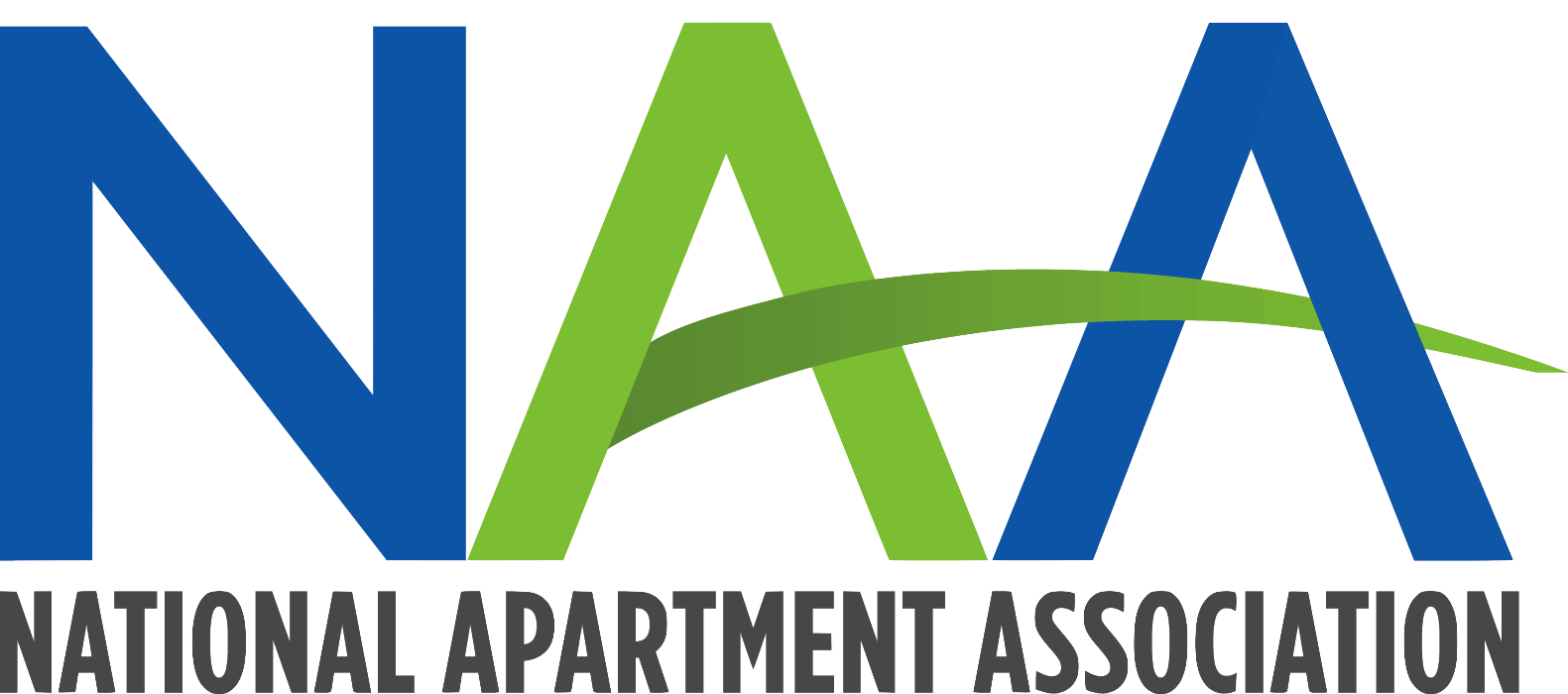Technology Trends Reshaping Chicago’s Rental Market
Technology continues to reshape how rental housing operates — from virtual tours and energy efficiency upgrades to predictive maintenance tools.
These changes aren’t limited to luxury buildings or new developments. Across Chicago, technology adoption is becoming part of the standard operating model for property owners, managers, and renters alike.
Below is an overview of how these innovations are influencing the Chicago rental market and what both small-scale and institutional landlords may want to watch over the next few years.
1. Digital Leasing and Virtual Showings
In recent years, leasing has moved almost entirely online. Tenants now expect to browse listings, schedule tours, and sign leases digitally — often without ever meeting a leasing agent in person.
According to RentCafe, more than 60% of renters say they prefer self-guided or virtual tours. For many, convenience and time savings outweigh the desire to see a unit traditionally.
Virtual showing tools such as 3D walk-throughs and panoramic photo tours are now widely used in Chicago listings, allowing prospective tenants to explore spaces remotely.
For property owners and managers, this trend reduces scheduling conflicts, shortens vacancy times, and broadens the pool of potential renters.
Digital leasing platforms also help standardize the application process. Online document signing and secure background checks minimize administrative delays, while cloud-based storage keeps lease agreements accessible and organized.
2. Smart Building Systems and Automation
Smart building technology once belonged mainly to commercial properties, but it’s now common in multifamily housing.
Automation tools manage heating, lighting, entry access, and maintenance alerts more efficiently than manual processes.
Research from Buildium shows that buildings using automated systems can cut energy use by up to 20% and improve maintenance response times by 30%.
For example:
- Access control systems eliminate key replacements and log entries automatically.
- Smart thermostats help stabilize building-wide energy use in Chicago’s variable climate.
- IoT (Internet of Things) sensors detect leaks or HVAC issues before they become major problems.
These systems also create valuable data. Property managers can identify patterns in maintenance requests or spot recurring inefficiencies across multiple buildings.
3. Data-Driven Decision-Making in Rental Management
Real-time data is changing how owners evaluate performance and plan future investments.
Tools like
Zillow Rental Manager and CoStar offer granular neighborhood metrics — including
rental growth, absorption rates, and tenant demographics.
In Chicago, these insights help owners:
- Compare current rents to neighborhood averages.
- Adjust pricing during slower winter months or busier spring/summer seasons.
- Identify which areas (for example, West Loop, Logan Square, or Bronzeville) are seeing faster lease-ups.
Smaller landlords benefit from the same analytical mindset. Even simple spreadsheets that track vacancy, rent changes, and maintenance costs over time can provide actionable insight into long-term property performance.
Data transparency also supports fairness: by pricing units based on verifiable market trends, landlords can remain competitive while maintaining compliance with fair housing standards.
4. Sustainability and Energy Efficiency
Chicago’s mix of historic and modern buildings makes energy efficiency a growing priority.
The U.S. Department of Energy (Energy.gov) reports that energy-efficient multifamily buildings can cut utility costs by up to 25% while improving resident comfort.
Common improvements include:
- LED lighting upgrades in hallways and shared spaces.
- Smart thermostats with adaptive temperature settings.
- Low-flow plumbing fixtures to reduce water use.
- High-efficiency HVAC and insulation retrofits.
Chicago’s own Energy Transformation Code and Retrofit Chicago Energy Challenge encourage property owners to reduce energy consumption through voluntary or incentive-based programs.
Beyond environmental benefits, efficiency improvements can extend equipment lifespan and stabilize long-term operating costs — critical advantages in an aging housing stock.
5. Technology for Maintenance and Communication
Maintenance and communication platforms are among the most widely adopted tools in property management today.
Software systems allow tenants to log requests, upload photos, and track responses in real time.
According to Forbes, these platforms have been linked to fewer late payments and higher satisfaction because they simplify day-to-day communication.
For owners, this technology streamlines record-keeping and creates transparency — every interaction, payment, and request is documented digitally.
For tenants, it provides accountability and convenience, reducing friction in daily building operations.
Digital payments also reduce the need for physical checks, improving security and accuracy while offering automated receipts and ledgers for accounting purposes.
6. Emerging Innovations to Watch
While most tech adoption so far has focused on efficiency and automation, a few emerging ideas may further influence rental housing:
- Predictive maintenance powered by AI may soon help property managers anticipate when systems are likely to fail, minimizing downtime.
- EV-charging infrastructure is becoming a deciding factor for some renters, particularly in newer urban developments.
- Building-wide Wi-Fi systems are increasingly offered as bundled amenities rather than individual connections, creating opportunities for shared-cost savings.
- Digital twins (virtual building replicas) are being tested to help large operators visualize energy flow, occupancy, and equipment wear.
These technologies may take time to become widespread, but early adopters are already seeing measurable benefits in maintenance planning and sustainability reporting.
7. Balancing Innovation with Privacy and Cost
As technology becomes more integrated, data security and tenant privacy are critical considerations.
Device manufacturers and property managers alike are working to ensure that personal data — such as access logs and camera footage — remain protected and compliant with privacy laws.
Cost remains another consideration. While automation and energy-saving systems can yield long-term savings, the initial investment may be higher than traditional systems. Owners often evaluate upgrades based on return over time, typically three to five years.
In older Chicago buildings, infrastructure compatibility (such as wiring and internet bandwidth) can also determine whether upgrades make sense immediately or should be phased in gradually.
Summary
Technology in rental housing is advancing in practical, steady ways — improving communication, data accuracy, and efficiency for all parties involved.
Whether it’s digital leasing, automation, or energy efficiency, the overall trend is toward
simpler processes and smarter decision-making.
For property owners and managers, staying informed about these developments can help maintain competitiveness and ensure buildings meet modern expectations without overinvesting or overpromising.
➡️ Additional resources and articles on local market trends can be found on our
Blog page, or you can view
current rental listings to see examples of how technology appears in today’s Chicago market.




